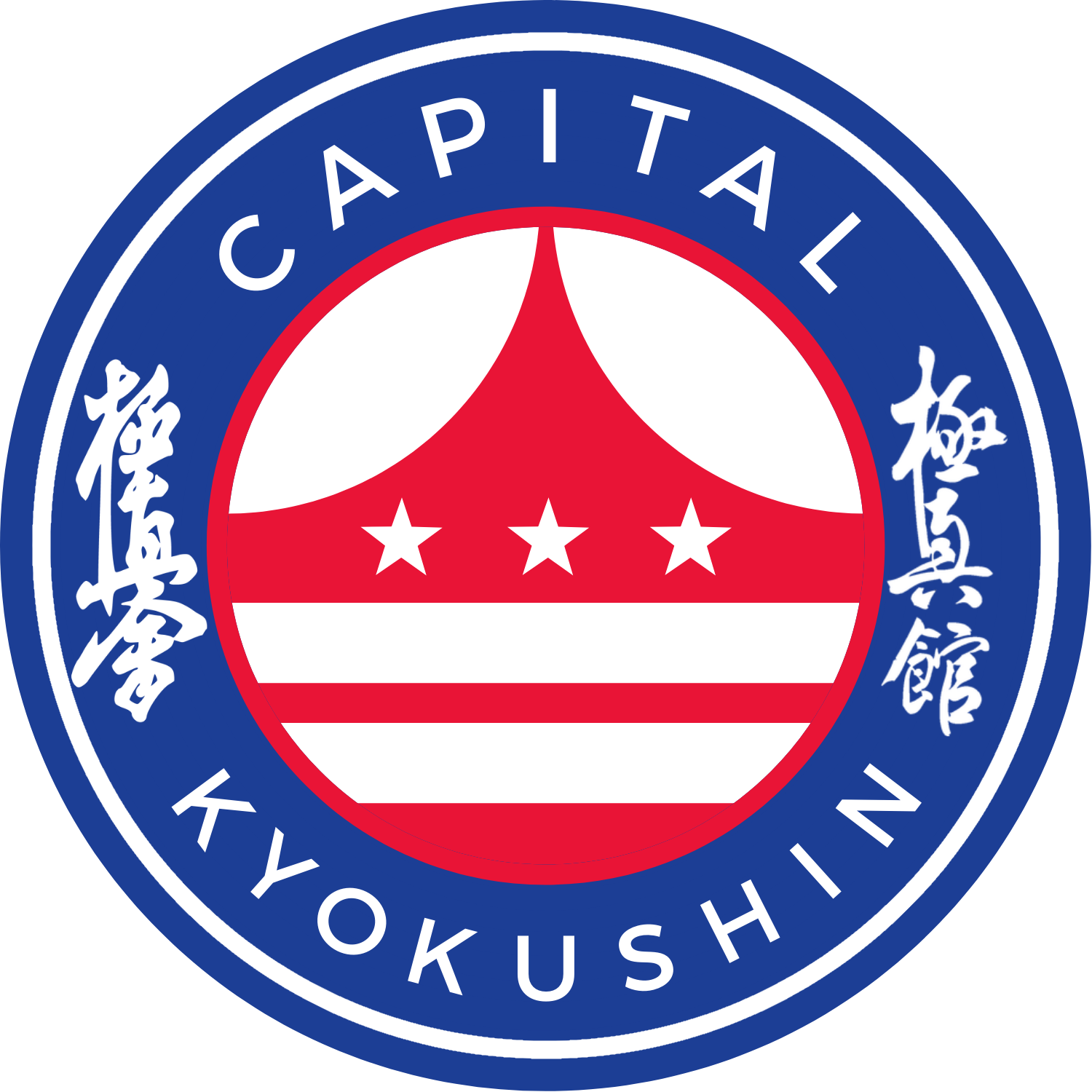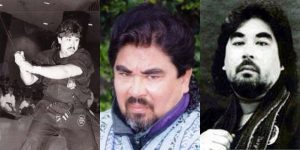
Compared to Muaythai, Karate, or even Sanda, in which 8 out of 10 practicioners will be able to fight in a short time, I think Taiji is something which is more suitable for the museum. That is not to say that Taiji is inefficient, but rather, it is so profound a martial art that it is only useful in the hands of a rare few. Thus there’s a saying in Taiji,”Practicioners of Taiji can’t step out of the house for less than 10 years.” My Baji Grandmaster, Liu Yunqiao also once remarked that, “In Baji, either you are a General of men or you are nothing at all.” While I’m no General of men, I believe this is even more so for the millions practicing Taijiquan. The rest of the 9999 probably can’t use Taiji to defend themselves even if their lives depended on it. Out of these millions how many can actually attain the efficiency level of Mr Chen? Perhaps only 1 in 10000 can. But even if it is false, there are still millions of people around the world practicing the 5 main styles of Taiji, & the so-called masters also number thousands. Afterall, it is something invented by an Immortal (Zhang Sanfeng). The art of Taiji is a paradox for Chinese Martial Science. How many of those stories are true? It is hard to tell, surely. I’m sure all of us have heard legends & myths of certain Taiji masters winning effortlessly against challengers of other styles, or performing superhuman feats using internal power – Chi. But let us come back to the subject of Taijiquan. For us ordinary humans it is better to stick to Karate.” This is said after he witnessed a Taiji master shake an entire wooden house with deceivingly light palm strikes to one of its pillars. He is currently teaching in the United States & organises the Sabaki Challenge yearly.Īnother famous Shotokan Karate master, who is also dead now, once remarked to his student that,”Taiji is a very powerful art, but it is an art for superhumans. Ninomiya learned under both Oyama & Ashihara. The only person left now who still uses these Taiji principles in his Karate is Ninomiya, who also left Kyokushin to form his own style, known as “Enshin Karate”, the Heart of the Circle. Ashihara died earlier than Oyama by 2 years. But due to some problems he left Kyokushin to form his own “Fighting Karate” in 1980. The student who was able to learn them the most was Ashihara, one of his most gifted students. After his passing in 1994, however, these Taiji principles were lost in Kyokushin. From then on, after his return to Japan, Kyokushin Karate was known to reveal a certain Taiji flavour in its form & techniques. Being the genius that he is, he managed to grasp them quickly, & was able to defeat Mr Chen’s most senior student at the end of this period of study. It is a space that is opened up by none other than the chinese martial art called Taiji”.Īfter that he stayed with Mr Chen for a period, learning the principles of Taiji. Appreciation that my Karate still has an infinite amount of space to grow. In his own words, Oyama said,”These tears are not tears shed for losing they are tears of appreciation. Later, when one of Mr Chen’s students came to invite him for tea, he was quite surprised to see tears rolling down Oyama’s cheeks. Oyama asked to be left alone for a short while to contemplate this defeat.

Mr Chen laughed & thanked Oyama for giving him such a great workout, inviting him to stay for a few days to learn more. Eventually, seeing no sign of fatigue in the old man, & having exhausted all his techniques, Oyama gave up, admitting that he could not beat Mr Chen. It was all Oyama could do to evade them, using linear, sometimes awkward movements.


On the other hand, when Mr Chen counter-attacked, it was with a force that could not have come from a man his age. Mr Chen was able to neutralize all the Karate attacks he could deliver, using smooth circular, arc-like movement & techniques. The long duel that followed was like a classic battle between the snake & the crane.


 0 kommentar(er)
0 kommentar(er)
